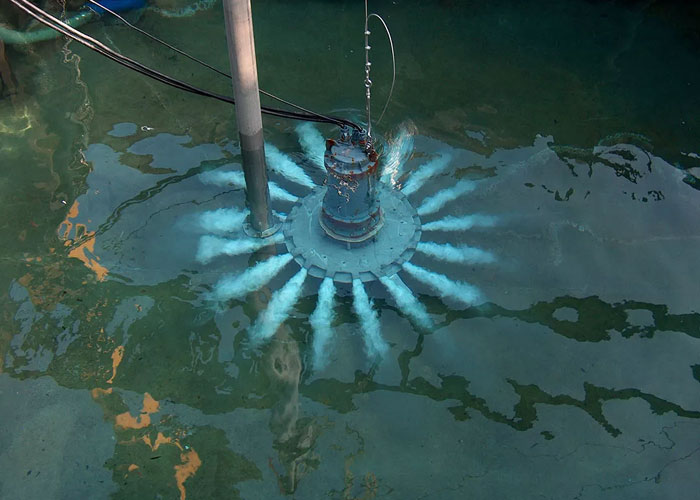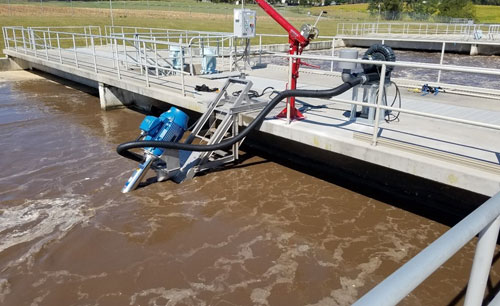Aerators have many uses in wastewater treatment and improve water quality. The nutrient content of wastewater affects the relationship between living things and their environment. In order to address this problem, governments enforce regulations and require liquid waste producers to treat wastewater before discharging it. There are two types of aerators: surface aerators, which float on the surface of the water, and submerged aerators, which use diffusers, impellers, and paddles.
Depending on the location of your home, you might have to purchase an STP to handle your sewage. Generally, residential buildings need at least one STP to treat sewage. Many STPs are located underground, making them difficult to maintain. Moreover, you may not be able to inspect them without hiring an expert. It is better to consult a professional if you have any doubts about the process.
Surface aerators
Surface aerators are used to mix and break up wastewater. They are an excellent solution for wastewater treatment because they offer a wide range of applications. In addition to wastewater treatment for agricultural purposes, surface aerators are also used in various industrial settings. Some of these industries include petrochemicals, food processing, and paper and pulp. The efficiency of these devices makes them a valuable investment for wastewater treatment facilities.
Surface aerators are typically installed in wastewater-holding ponds and treatment ponds. These systems promote biological oxidation, which is an important treatment process. Surface aerators can range from 1.5 to 5.0 meters in depth and help remove 80 to 90 percent of BOD. However, these aerators are expensive and can only be used once, so you should consider the size of the wastewater lagoon before deciding which surface aerator you need.
Submerged aerators

Submerged aerators are a great way to introduce more oxygen into wastewater. They have many benefits and are used in a variety of wastewater treatment processes. The AJ radial submerged aerator is a popular option in sewage treatment plants. The aerator draws in air and then mixes it with the water using a proprietary air mixing chamber. This helps to maximize the working area and minimize dead zones.

Aeration accelerates the decomposition process by promoting microbial growth. Bacteria feed on the organic matter and naturally separate into flocks, furthering the process of decomposition. This process also reduces ammonia and hydrogen sulfide levels in wastewater. In addition, aeration is beneficial for aeration in artificial aquatic systems. Aeration is often used in wastewater treatment lagoons, as it helps support aquatic life.
Mechanical aerators
There are two general types of mechanical aerators used in wastewater treatment. A surface aerator is a floating device that features an impeller that rotates on a horizontal axis. In contrast, a submerged aerator has a rotating shaft with multiple paddles that entrain air in the water. The surface aerator is usually smaller than its counterpart, which makes it more compact and portable.
Another type of mechanical aerator is an up-flow turbine. These devices work by forcing air into a liquid, usually wastewater. They are typically shaped like paddle wheels, with the blades extending below the impeller. These devices are often used in circular tanks or oxidation ditches. They are particularly useful for treating shallow lagoons. If you have a specific application, you can choose a turbine aerator that entrains large volumes of air.
Membranes
In the case of a septic system, an aeration system is used to increase the amount of oxygen in the wastewater. Without oxygen, the solids in the wastewater can settle and form sludge, which is harder to remove. A properly-designed aeration system can reduce the time that wastewater treatment takes while increasing energy efficiency and cutting costs. The dissolved oxygen level of the wastewater is often very high, so an aeration system is essential for achieving a proper balance between the two.
Coarse bubble diffusers
One of the most common ways wastewater treatment plants utilizes coarse bubble diffusers is in the secondary treatment phase. The large bubbles produced by coarse bubble diffusers are very effective in eliminating clogging in wastewater systems and are also highly efficient. In contrast, their smaller openings make fine bubble diffusers more susceptible to plugging, making them less effective in secondary treatment.
Disk diffusers are a common choice, but they may be difficult to install. On the other hand, Tube diffusers have a long plastic tube surrounded by an EPDM rubber membrane. When compressed air is forced through the rubber, it expands, opening small holes that let the air out. Tube diffusers are easier to install but not necessarily less expensive.







































Share Post